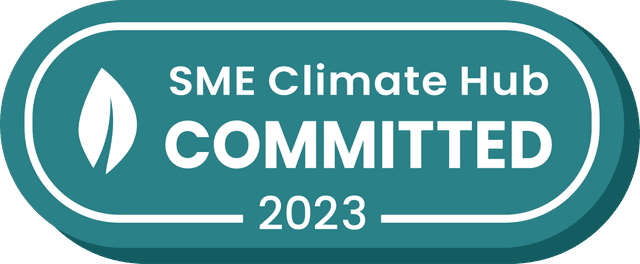
Diagnose before prescribing.
It just makes sense to find the problem before suggesting a solution, right?
Well, this isn't always the case outside the doctor's office.
Clients often come to us with a preconceived idea of what the perfect solution looks like.
We then have to pull it apart and suggest why it may not necessarily be the best approach.
In fact, sometimes the problem they need to solve is just a symptom of a much deeper issue.
OK, hear us out.
This is not an ego trip
We're not playing 'bad cop' for the sake of it - promise.
What we think doesn't have more weight than our client's opinions. in fact, we'll happily set our beliefs to one side before kicking off a project.
We do it because we're guided by evidence, not assumptions. And we've been at this enough years to know that outcomes are vastly improved if everyone does the same.
But this is a sensitive milestone in any project - we get it.
Asking a client to make a choice between doing it the way they want or taking an approach that's more likely to work, well, it's going to feel uncomfortable.
But you know what?
Sometimes setting off down the more painful path hurts a lot less in the long run.
It's about validating assumptions
Let's get one thing straight: clients know their businesses better than us. And while they make assumptions in-house, there's an awful lot of experience and insight propping them up.
But (and it's a big one) there's also a danger of being too close to the project. Consequently, clients can bring their own bias to the table - without even realising it.
This is called the false consensus effect (FCE).
Remember, you're not the user in UX
Coined In 1977 by Ross et al, FCE describes a person's tendency to perceive their own beliefs, judgments, and attitudes to be more prevalent than what they actually are.
Sound a bit narcissistic?
Well, we're all guilty of it. And it's actually a lot easier to succumb to this behaviour than you might think.
When you work closely with a product or service, you become emotionally involved - it's natural.
The problem is that stakeholders can end up assuming users share their same views and will behave similarly.
9/10 times they don't.
OK, time for a real-world example...
This bias often appears when we ask a client to describe their most common user persona. And when we play that persona back, it often reflects the client themselves.
But no one's bulletproof from this bias.
In fact, designers and developers on a project are just as susceptible to it. At Major, we'll hold our hands up and admit we can easily assume the people we're designing interfaces for are just like us.
That's why we insist on testing with actual users. Real people from different environments and cultures; unique individuals with their own experiences and perspectives.
So why does it happen and, more importantly, how can you stop it?
Know that self-diagnosis is a false economy
One cause of the false consensus effect is this preconceived idea of how to engage with an agency. This leads to many prospective clients performing a self-diagnosis.
When looking into their options, a client will often pit multiple agencies against each other. Because at that stage, it's not realistic or cost-effective to commission each agency to run its own diagnostics phase.
So, instead, the client does the heavy lifting themselves. They diagnose the problem, outline the solution and share it in their brief for agencies to quote against.
Unfortunately, this very rarely works out well. Not without any background research or supporting data, anyway.
At Major, we've run countless discovery phases based on:
"We need you to build X."
Only to find that a much better solution is Y.
OK, what's the answer?
Taking a consultative approach is best
We take a consultative approach here.
After all, isn't it what the experts do in almost every other field? From mechanics and massage therapists to architects and accountants, these professionals always consult with the customer before prescribing solutions.
So why should creative agencies be any different?
Essentially, it's because no two projects are ever the same that our approach has to stay consistent.
Diagnosis + Prescribe = The Brief
We reckon the best project briefs are written collaboratively between client and agency.
Got a problem? Just make an appointment with an expert and describe your symptoms. You'll know if you've found the right fit by how quickly they whip out the scalpel.
&w=64&q=75)

&w=64&q=75)



